Rene S. Spiegelberger
About his book, whisky ads and his favourite shaman
Rene S. Spiegelberger about his book, whisky ads and his favourite shaman

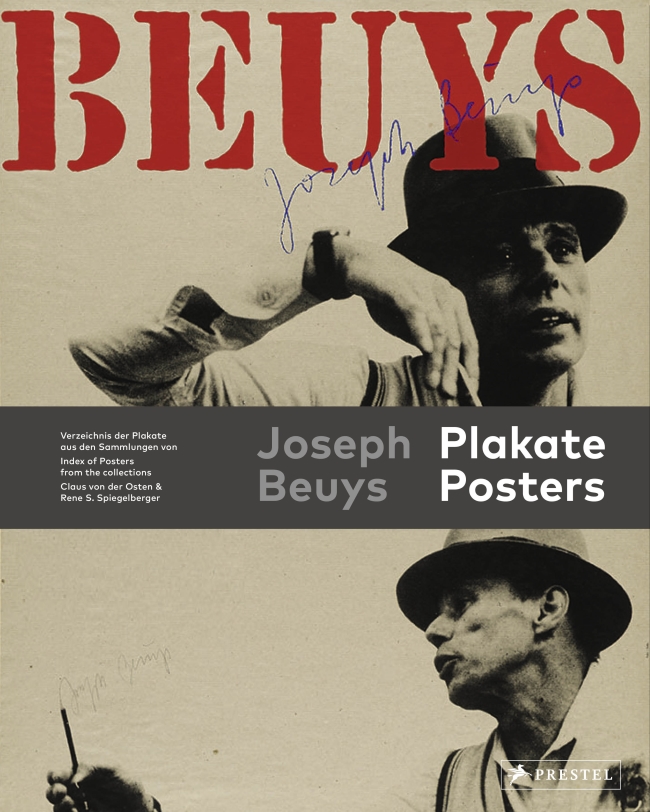
»Dealing with Beuys’ work allows much more playfulness and lightness than we often think.«
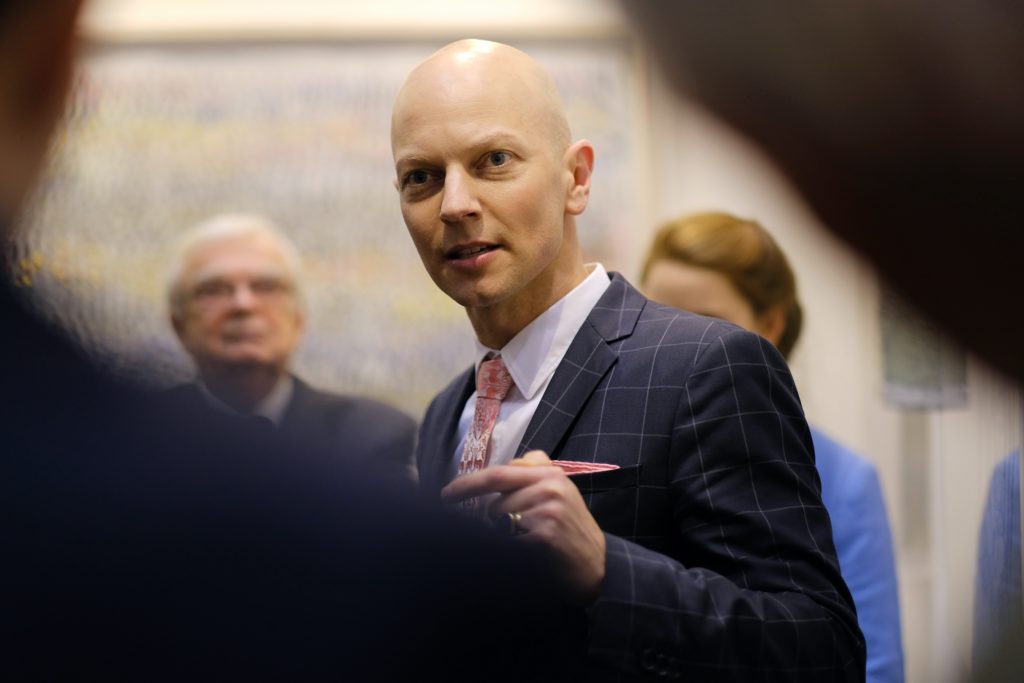
Before we talk about the book, we would like to get to know you a little better. When and how did your personal passion for the visual arts begin?
I started collecting and trading Swatch watches as a teenager. Fortunately, Swatch was able to win over many well-known artists for its models at that time. It was actually Keith Haring and his works which provided that special spark that led to artists such as Rauschenberg, Johns and of course Andy Warhol.
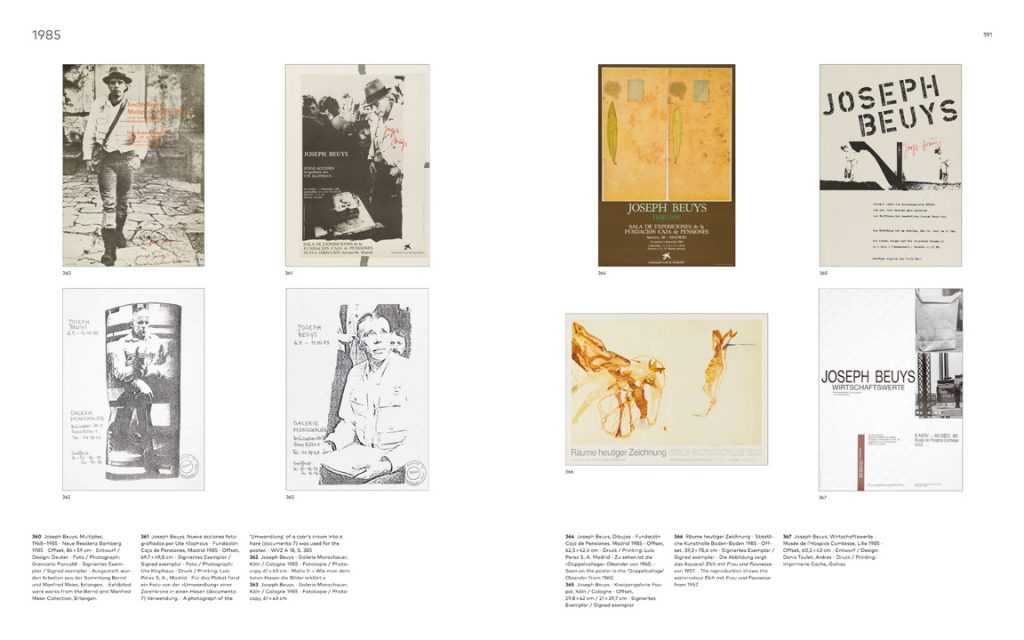
Joseph Beuys came onto your personal radar via his connection to Warhol, is that correct?
I haven’t seen it that way until now to be honest, but ultimately it is true. Through Warhol, one inevitably comes to his archetypal counterpart Joseph Beuys and by the way to the first summit meeting of the two in 1979 at the Hans Mayer Gallery. The encounter in that Düsseldorf gallery is also documented on film and you can watch it on You Tube. Here you observe two superheroes of their time who met with inhibitions but certainly also with great expectations.
Incidentally, the famous photo that Andy Warhol took of Beuys was also taken there and was used many times in his work. As a 16-year-old, the question was accordingly obvious to me: “What’s it all about this German Artist that even Warhol is interested in?!”
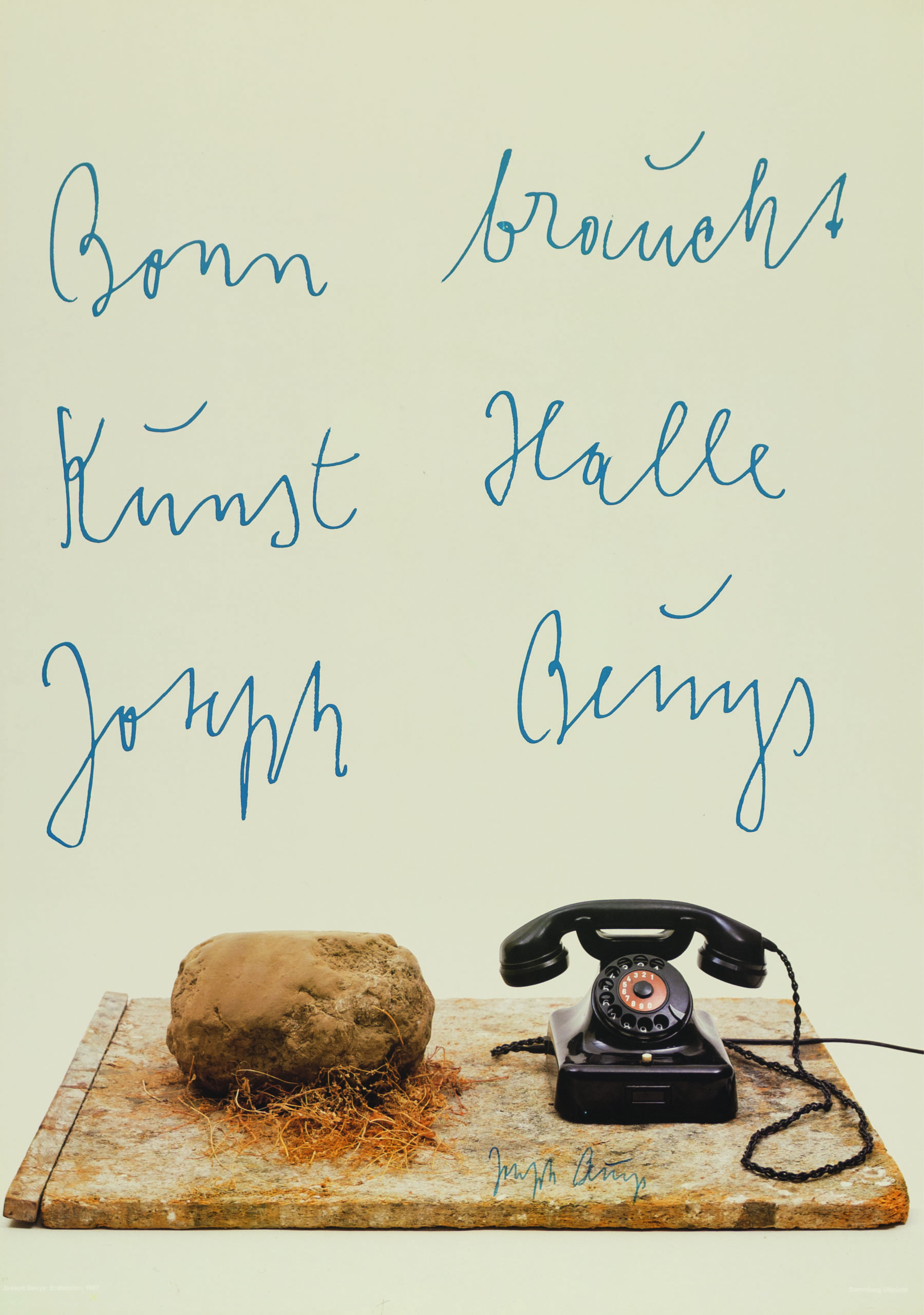
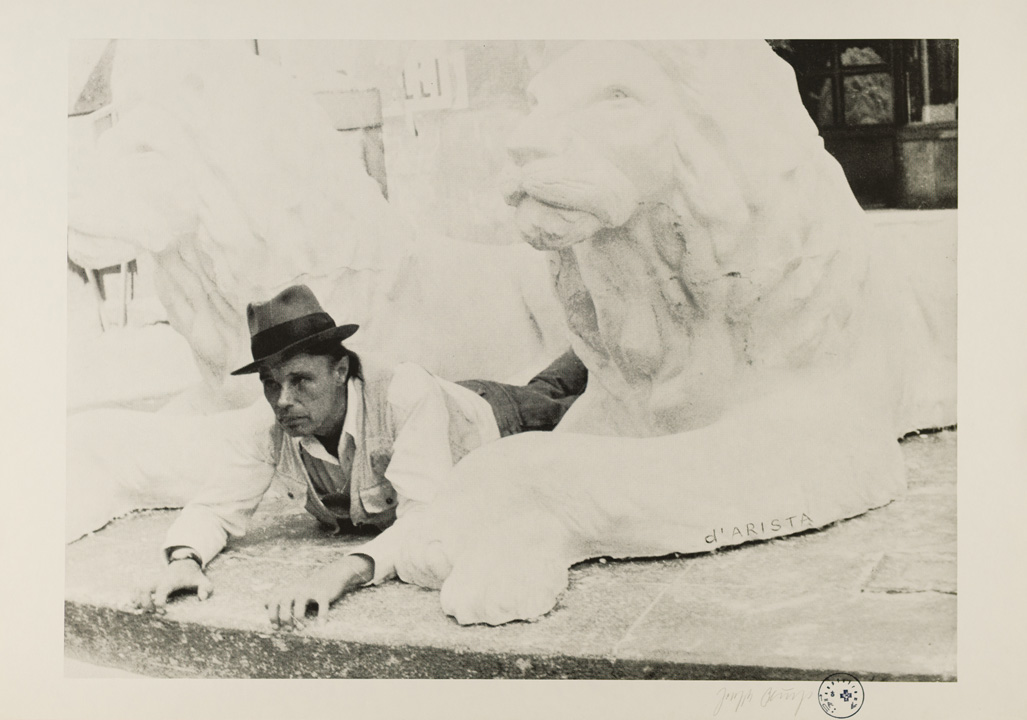
Speaking of your beginnings as a collector, your new book also fits in very well, since you started your own collection by collecting posters…
That’s right. Collecting posters is a nice starting point for young collectors with a limited budget. American Pop Art offers an incredibly authentic access through the classic technique of screen printing. Ultimately, there are many examples by Lichtenstein, Warhol and Jasper Johns where the actual difference between the poster, the print and the original is often difficult to discern. Even the screen printing on canvas in Warhol’s work, for example, was often done with the same screens, as the posters were later. This is particularly fascinating for young collectors and here collecting also works very well through the medium itself.
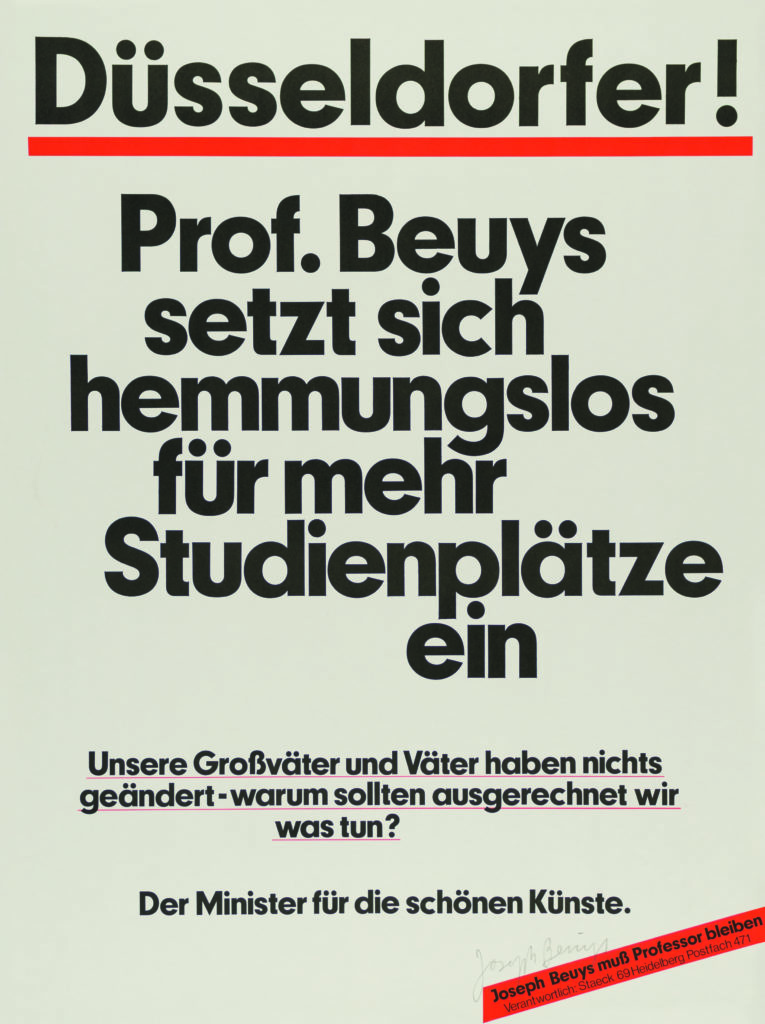
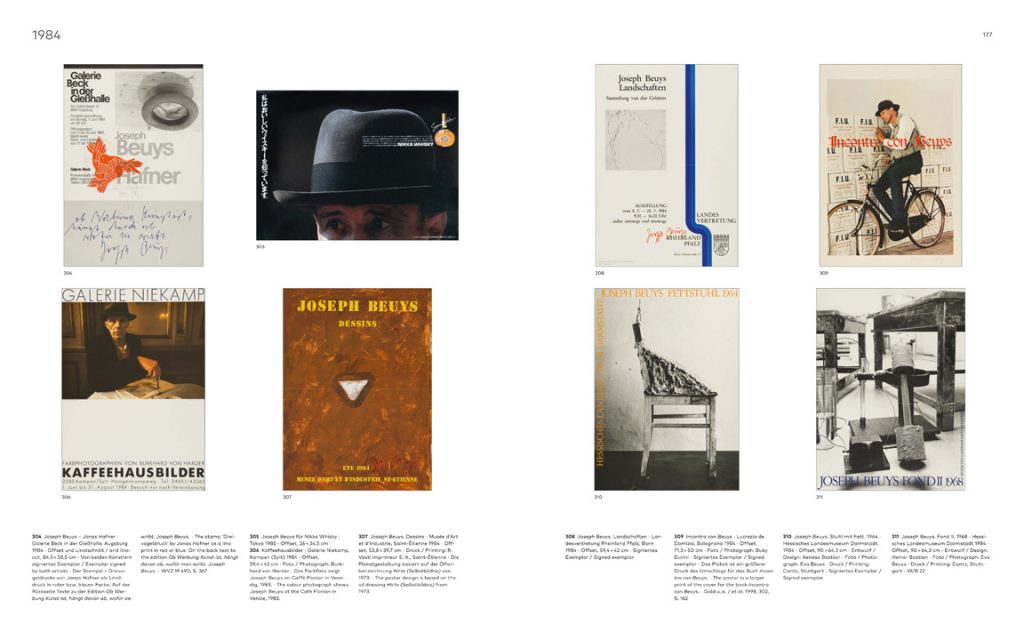
The book “Joseph Beuys: Plakate/Posters” shows posters from your collection and the collection of Claus van der Osten. How did this collaboration or merger of the two collections come about?
As mostly in life, it’s a people’s business. The basis is my friendship with Claus von der Osten, with whom I have already published a book with the catalogue raisonné of Franz Erhard Walther’s posters, books and designs. He has also published numerous catalogues raisonnés of posters by Haring, Lichtenstein and Warhol, and he is, like me, a passionate collector.
The thematic context of posters by Beuys is a really broad and complex one. That’s why we decided to join forces. This has led to the fact that we can now offer a truly complete directory according to the current state of knowledge.
Are any of the posters presented in the book particularly close to your heart?
There are indeed really special new discoveries to announce. It was common knowledge among “Beuysians” that he had received 400,000 Deutsch Mark for an advertising contract with Nikka Whisky to finance his 7000 Oaks project. The films and TV ads for it were also known of course. Amazingly, we managed to find the original contract in the archive of the Beuys Estate, which also states that three poster designs were part of the commission as well. I had always suspected this, but no one had ever seen the posters before.
Claus van der Osten and I were able to find them in the archives of the Beuys Estate and that, of course, made us more than happy. Not only because the posters are an exciting puzzle piece of art history in the context of one of Beuys’ most important actions – they are also very well crafted and designed posters anyway. But there is another poster I am also personally very fond of. It’s the 1972 poster “La Rivoluzione Siamo Noi”, in which Beuys approaches the viewer with a determined stride and a firm gaze. A striking image with an interesting background story that we feature in our book as well.
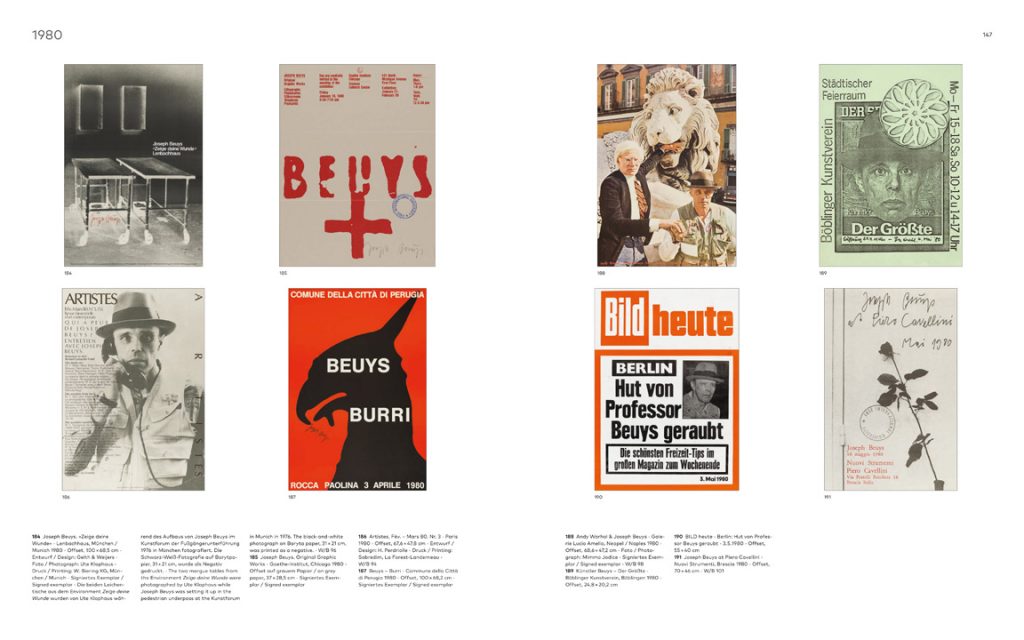
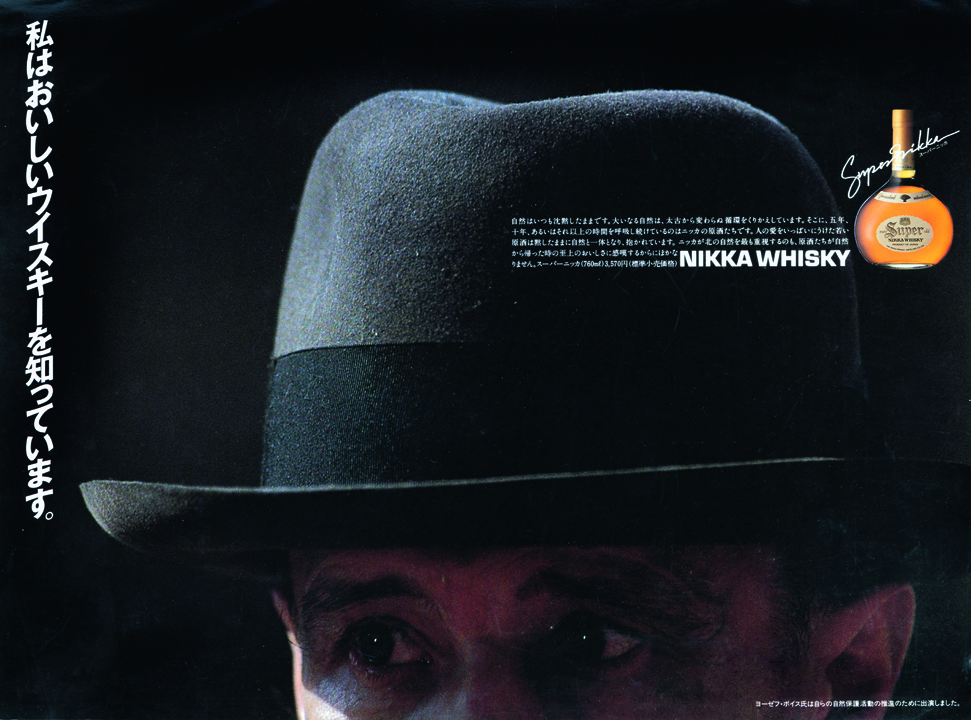
The posters take one on a wonderful journey through Beuys’ life and work. At which station would you have liked to be there yourself?
I would have liked to have been there in the 50s, when Beuys demonstrated his drawing genius particularly strongly. But I would also have liked to follow one of the actions, such as “Celtic”, alongside Ute Klophaus. And while we’re talking about important milestones, I would certainly have liked to have been there at the ground-breaking ceremony for 7000 oaks in 1982 at the Documenta in front of the Fridericianum.
On many of the posters you can see how virtuously Beuys stages himself. Which current artists act with similar talent and humor nowadays? Are comparable artists worth mentioning?
There are indeed comparable artists, and what’s interesting: they are all contextualised in some way with and to Beuys. For example there is Matthew Barney. With his “Cremaster Cycle”, he has created something that is itself a mystical-biographical artistic cosmos that invites both deep immersion and selective enjoyment of art. The artist Marina Abramović, who admires Beuys very much, can also be mentioned here and for example her performance “Balkan Baroque”. Or for instance Jonathan Meese, who repeatedly makes small references to Beuys with playful hints in his actions and works.
Beuys continues to fascinate us today because he appeared in so many different roles: as an artist, as a Fluxus representative, as a political person and a provocateur, as an art theorist, as a lecturer and modern shaman. With which of these facets can you personally relate to the most and why?
Besides Beuys as a drawing genius in his early days, the modern shaman in particular has a very strong effect on me. Every child intuitively understands this shamanic approach. Children understand Beuys much better than adults in many facets anyway, because they approach the work with intuition and not with reason.
A good example of not understanding is offered by the self-appointed biographer H.P Riegel, who is unjustly quoted a lot these days. He has lost himself in details and prevents a clear and overarching view of the core messages of Beuys. It’s not about timetables of tram stations near Kleve, it’s about humanism and about trusting our inner voice, being willing to engage with this work. Perhaps one should just leave all this art-historical ballast aside and simply look, listen and think for oneself.
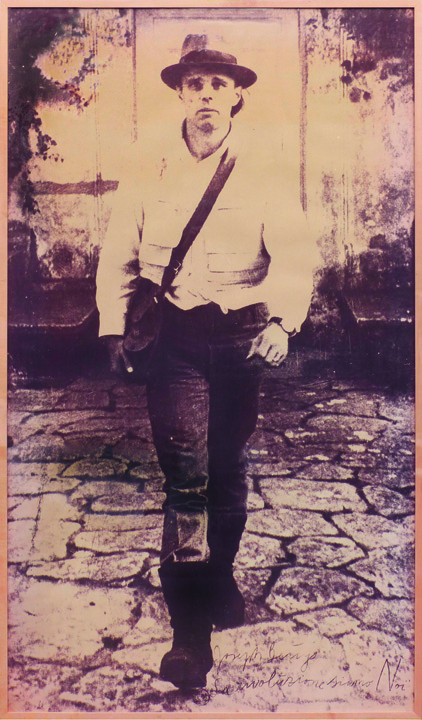
Does your engagement with Joseph Beuys still have a dynamic and lively character? Has your image of him changed over time?
Yes, it changes every day because I deal with Beuys most of the time. He is with me every day, has good advice for me and encounters me in everyday life. Most recently for example by my dear friend Prof. Dr. Hartmut Kraft, who wrote a very intriguing book about the Beuys multiple “Intuition Box”. It reminded me again that dealing with Beuys’ work allows much more playfulness and lightness than we often think.
Since 2011 you have been a member of the board of trustees of the Museum Schloss Moyland which owns the world’s largest Beuys collection. What exhibition takes place in this special anniversary year?
The interdisciplinary exhibition “Joseph Beuys and the Shamans” shows for the first time works by Joseph Beuys together with ethnological objects of shamanic life worlds mostly from the Eurasian region. For Joseph Beuys, the figure of the shaman embodies the fundamental manifestations of spiritual contexts and the idea of transformation and wholeness oriented towards the future. The juxtaposition of shamanistic artefacts with Beuys’ works triggers insights and reflects on the holistic approach of his work in a very accessible way.

As an expert and consultant for buying, selling and collecting art, you know the international art market like no other. How is the industry coping with the current Covid challenge?
At times of a crisis when push comes to shove people are clearly investing more in safe investment categories and in the premium segment, where demand is rising massively. This also means that art is increasingly being developed as an investment category, especially in these times.
Moreover, there is a real supply problem in the high-end segment. Although there is an intensive search for the stars of tomorrow but the covid situation of course slows things down immensely. On the other hand it got currently very difficult for many artists in the middle-segment to make a living. This requires support and solidarity, which can luckily be seen among collectors, institutions and institutional collections.
Against this background, you founded the platform “PArt”, which aims to bring artists and collectors together again. What is your interim conclusion on this?
I am quite relieved to say that it worked out very well so far. We have founded and launched PArt as a digital art market platform for artists suffering from the crisis. All proceeds go in full to currently 350 artists. An excellent jury and admissions committee, made up of top-class members, guarantees artistic quality. In addition, our PArt aid fund is fed by charity auctions and is also awarded to artists and their projects via a prominent jury. The platform accompanies corporate collections and institutions with a comprehensive curatorial service. PArt is a foundation initiative and is financed exclusively through partners and donations.
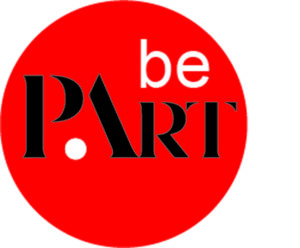
How do you assess the current situation of art fairs at Covid times?
As I said: “It’s a people’s business.” It’s about the art experience and the event on site and that can’t really be represented digitally. But if you are willing think “out of the box” as we did, then something like PArt becomes reality and all of a sudden you can use the digital opportunities for the benefit of all.
What are your current plans in the art context?
I certainly spend as much time as possible with artists, in studios, in order to stay close to the current art. But certainly this season we will still have to submit to what the pandemic demands of us, I assume.
Thank you, Rene Spiegelberger!


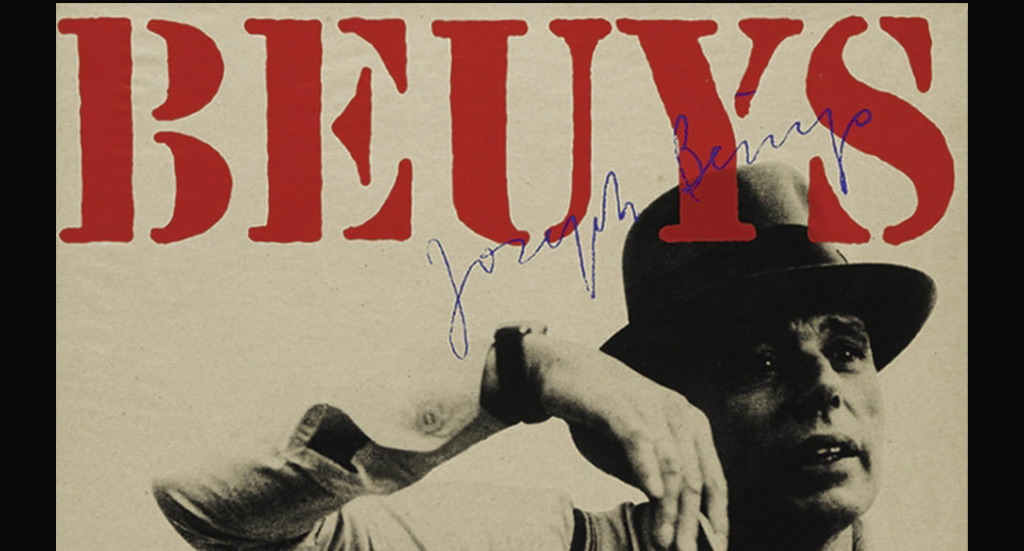
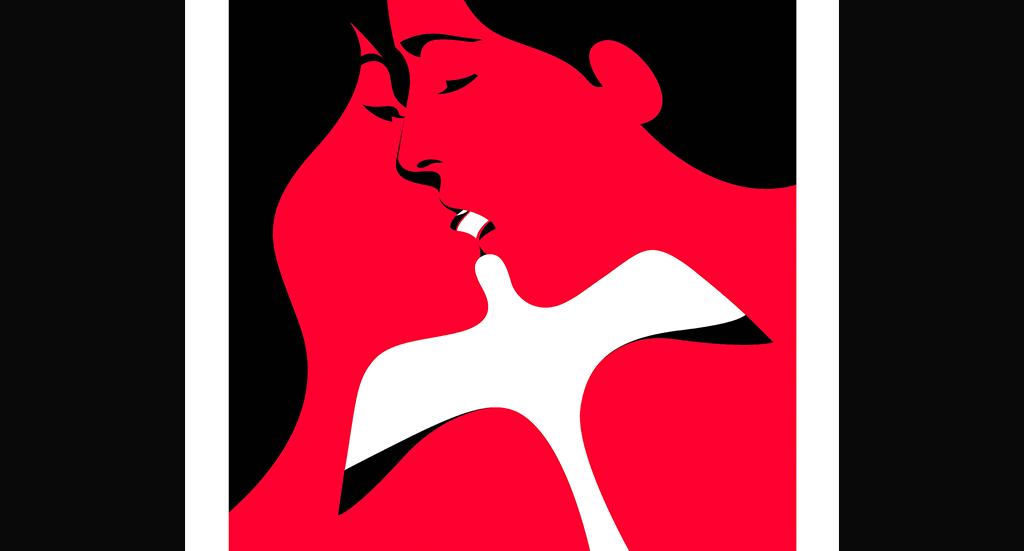
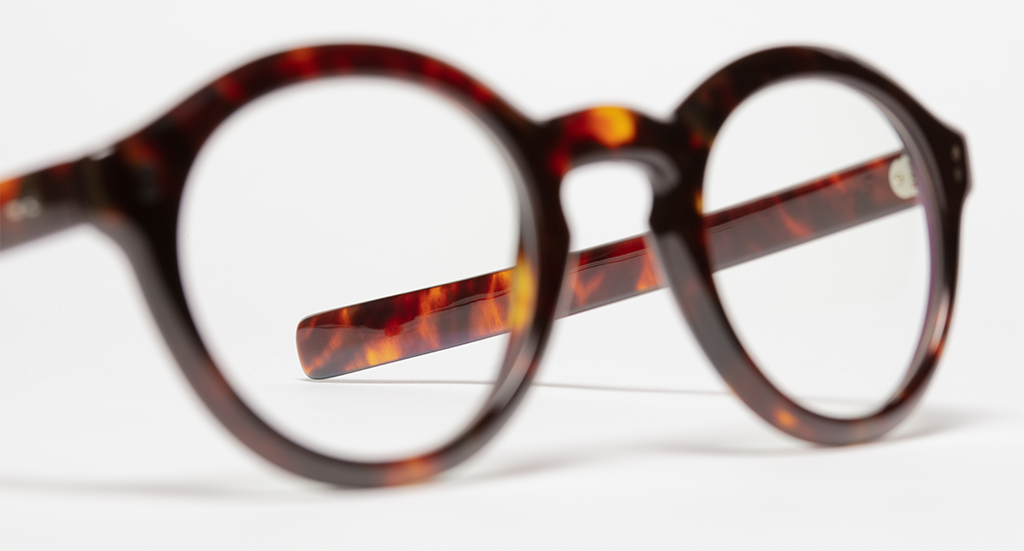

Join our Community